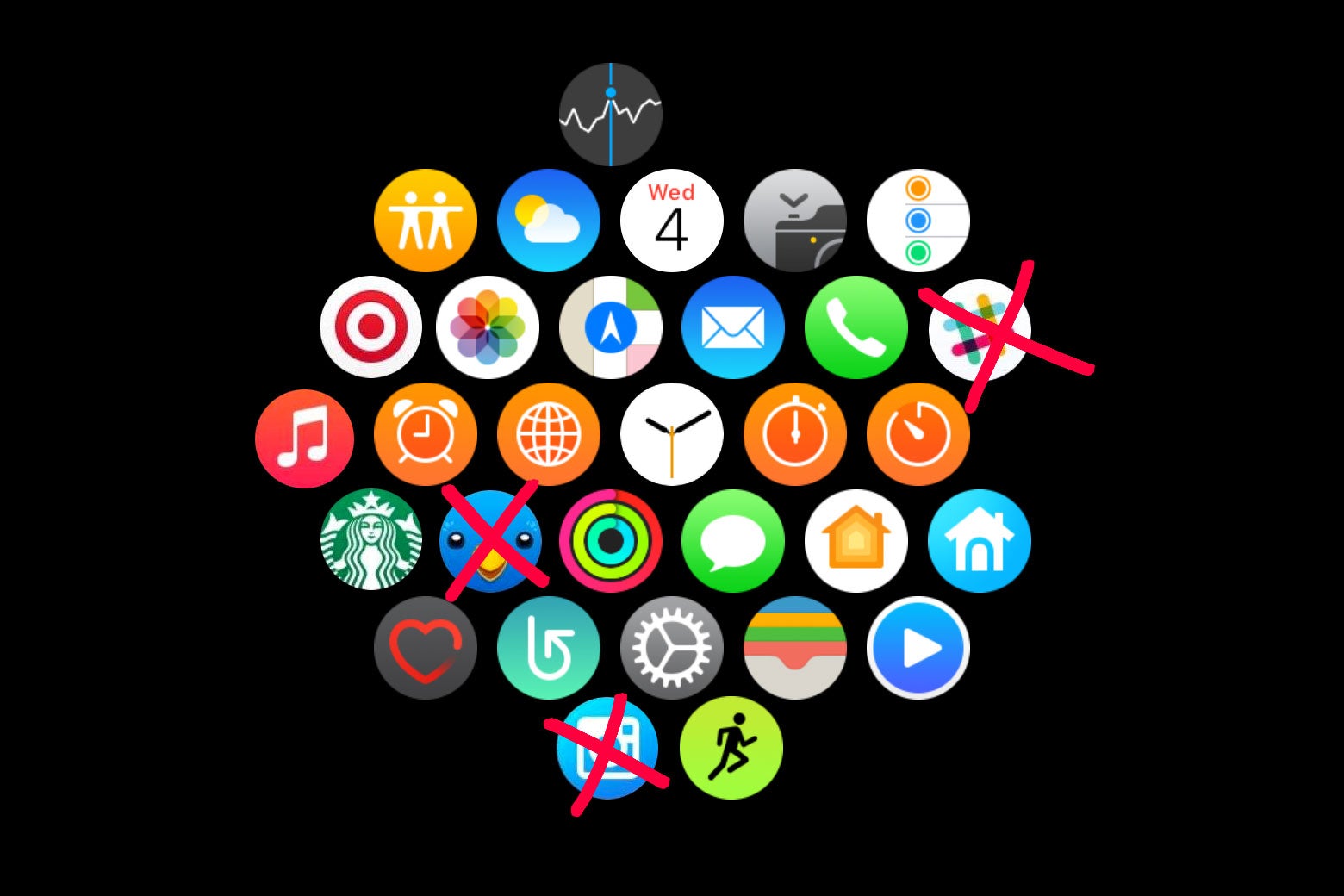Apple Watch–owning Instagram users may have noticed an unexpected change this week. The latest version of the Instagram app on iOS doesn’t just make the usual round of improvements and bug fixes—it also quietly removes Instagram from the Apple Watch. As 9to5Mac explains, the app was likely pulled due to a new Apple stipulation that Watch apps use the WatchOS 2 SDK or later so they can run natively on the Apple Watch. Instagram’s Watch app was built with WatchKit 1.0. Instagram would have had do some serious updating to make it compatible with Apple’s new rule; the company must have decided the endeavor wasn’t worth the time and resources. Now, without an Apple Watch app, Instagram users will still be able to get notifications on the wearable, but they’ll need to open their smartphone app to take action.
Instagram joins a growing list to abandon the Apple Watch platform. To date, Amazon, Google, Slack, and Twitter have also pulled their Apple Watch versions. After people noticed Google abandoned its Maps app last May, a Google representative said that it planned to add support again in the future. Other apps haven’t made their intentions clear. Amazon and TripAdvisor explained their apps’ disappearance from the Apple Watch by saying that it wasn’t the right solution for their customers at that point in time. “[Instagram’s] death is a strong sign that the social network doesn’t consider the Apple Watch a useful standalone app platform,“ the Verge wrote. The slow but steady exodus seems like it could be a bad sign for the future of the Apple Watch. That isn’t necessarily the case.
The Apple Watch is the most popular smartwatch available today. Last quarter, it outsold the entire Swiss watch industry, solidifying itself as a mainstream consumer product rather than simply a niche wearable. While Apple doesn’t yet break out Apple Watch sales in its earnings reports, estimates pegged Watch sales at about 33 million as of September and at more than 40 million by early February.
Although it has documented popularity among consumers, developers are still trying to figure out the best way to make their apps effective on a smartwatch. They shrunk their apps and simplified operations for the smartwatch screen, but they have since realized that may not be the best approach. A smartwatch is an entirely new form factor for mobile apps and is used a different way—typically in far shorter bursts of activity only when needed, rather than when the user is looking to kill time, like they would on a smartphone. The Apple Watch clearly succeeds as a notification center, bringing the wearer discreet notifications they can then choose to act upon or not with their smartphone. With the addition of GPS tracking, it also succeeds as a fitness tracker, giving wearers access to detailed exercise metrics including heart rate, distance traveled, and integration with machines at the gym. It has some utility in the productivity realm thanks to calendar alerts, reminders, and access to to-do lists, but for more complex social media apps like Twitter or Instagram, it may be more useful for wearers to simply head to their smartphones.
For the apps that have recently abandoned the Apple Watch platform, that seems to be the consensus. It may not always be the case. Future smartwatch apps may take advantage of things like augmented reality and the expanded capabilities of voice-based assistants, rather than having to rely on a small screen for navigation and information. It could also be, in the case of shopping apps like Amazon, that a wearable app just doesn’t make sense for the tasks you use the app for. It was also inevitable that certain apps or use cases wouldn’t make sense for the platform—it’s just taken a few years to figure out which ones. But even as developers pull their apps from the Apple Watch, users lament the loss of that utility and convenience. “Being able to search for places and see my saved lists on my wrist and then get directions all without ever touching my phone was a phenomenal experience,” one user wrote in TripAdvisor’s support forum in October. “Please tell me you’re working on a new app. The future is wearables.”
That some big-name apps have removed their Apple Watch apps isn’t a sign that the Apple Watch is failing as a platform: It’s a sign that the platform is evolving. Many of these apps were among the first to debut on the Apple Watch; it’s possible that, rather than redesign and iterate on that version, they’re instead building an entirely new experience from the ground up. Even if they are abandoning their Apple Watch apps altogether, that’s OK. It doesn’t make sense for every app to be on every platform, but some apps are clearly succeeding: fitness trackers, sleep monitors, apps that let you remotely operate the camera, and apps that use your heart rate and activity data to detect health issues like arrhythmia. Apps on the Apple Watch aren’t for wasting time—they’re for bettering yourself, making your day more productive, and reducing the time spent staring at your smartphone screen. App makers have to decide what makes the most sense for their users and their experience. Some may be removing their apps from the Apple Watch to rethink that approach, but for others, it may just not be a good fit at all.
